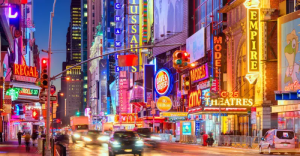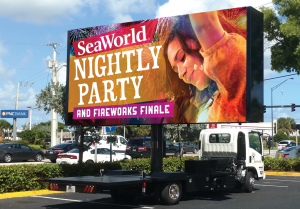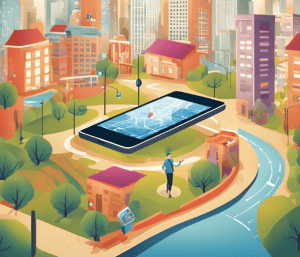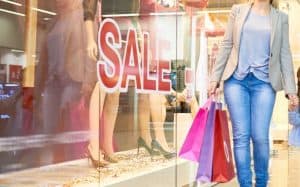
Pollution Ads Meet AR: Tactile Media for Invisible Threats
Pollution Ads Go Tactile: Turning Invisible Risks Into Real Awareness Pollution ads have long relied on dramatic visuals—darkened lungs, murky rivers, crying children—to shock audiences into awareness. But the reality of modern pollution is far more insidious. From invisible particulates





